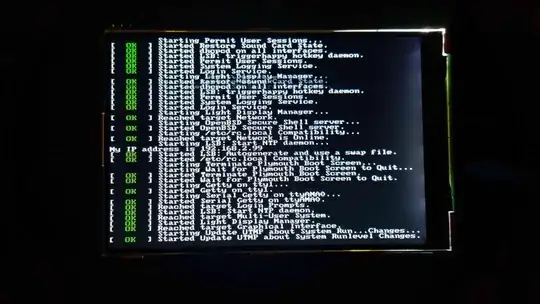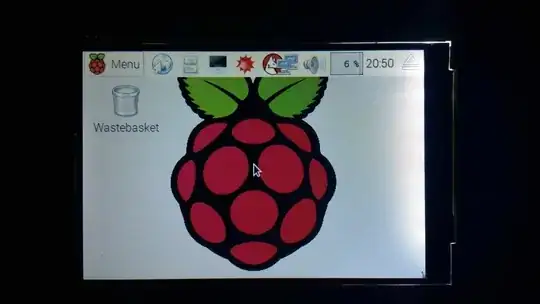I have bought a 3.95 inch TFTLCD for Raspberry Pi (ILI9488 from mcufriend) and I can't get it to work. I am just mildly experienced with Raspberry and Linux, but the way this type of screen was shown I thought it is simple plug-configure something-and play type of deal, but it seems that GPIO screens are harder to operate than I thought. I have Raspberry Pi 2 (Two of them, actually one running Raspbian and second with OSMC-Kodi)
I have already tried some automatic scripts, some tutorials and methods and all of them failed in one way or another. I am linking two of them just to prove that I know how to use Google. I tried also Adafruit easy install and some others, but this site will not let me link more than two addresses.
- GitHub - notro/fbtft - Install (modprobe signs error)
- GitHub - watterott/RPi-Display (breaks the system)
And many, many more, I would need to retrace all my history. They are also not consistent so I am not able to mix "some of that and some of that" to make a solution. And my screen is just white and blank. So for me, this is a first problem that internet search can't solve and I am surprised.
Is there any tutorial that can guide me step by step in setting it up? Can anyone help me?

